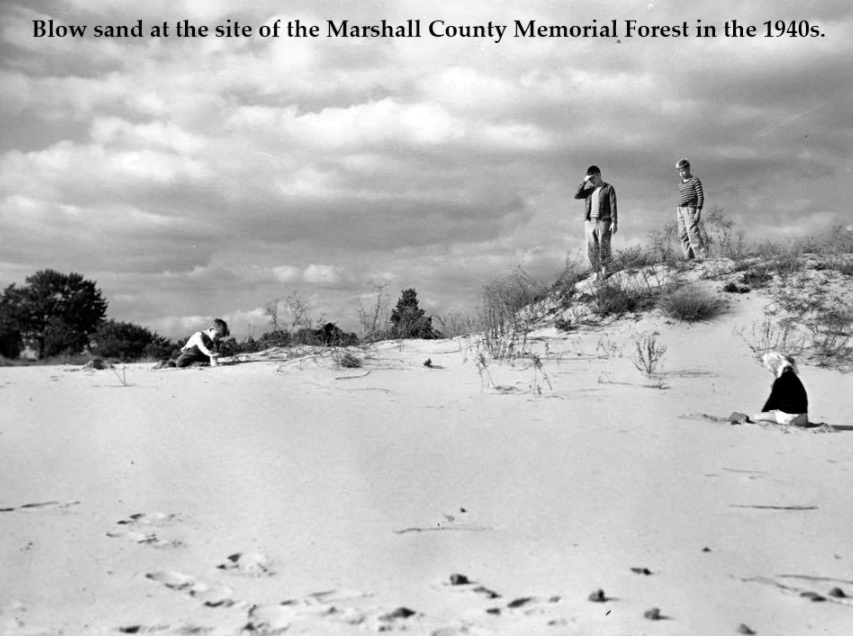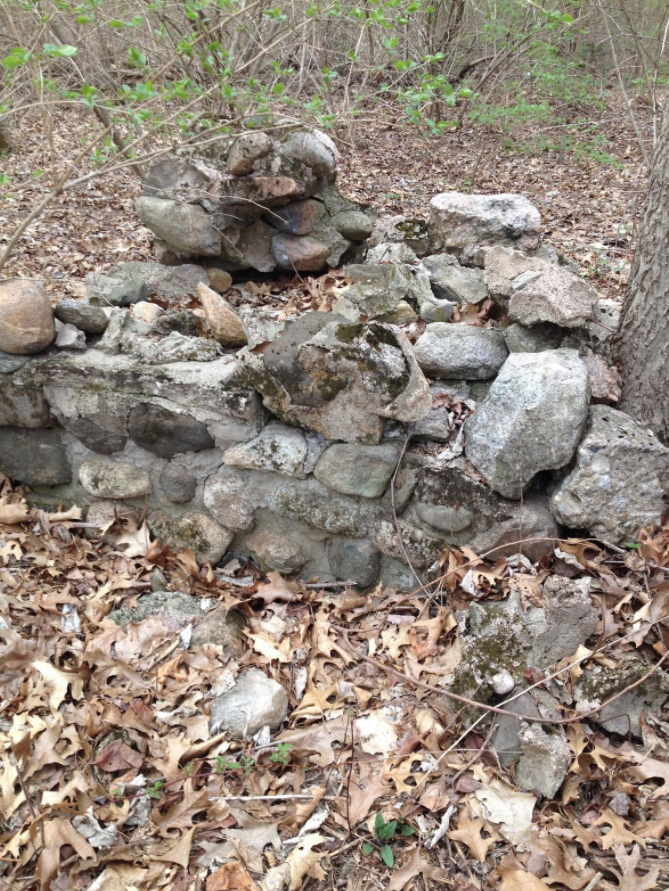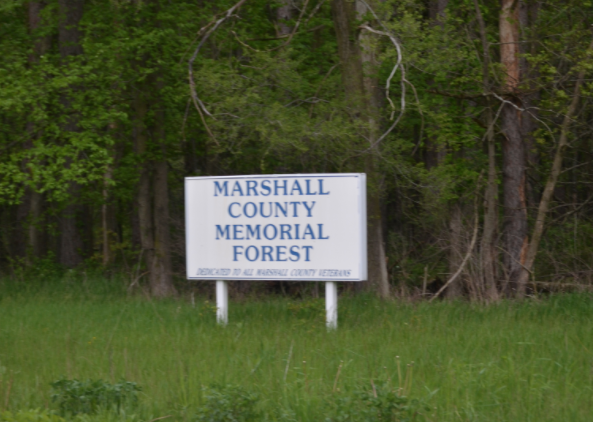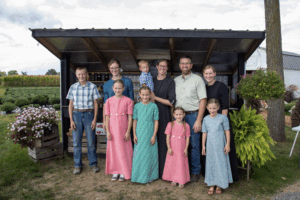Marshall County is Home to a Unique Tribute to Area Veterans
Writer / Jeff Kenney
Photography Provided
This month – specifically December 7 – marks the 80th anniversary of the bombing of the U.S. Naval Base in Pearl Harbor, Hawaii, a day President Franklin Roosevelt said at the time would “live in infamy” and the start of America’s involvement in World War II.
A number of Lakes-area readers may not be aware that a site in Marshall County holds the distinction of being the first (and one of the only) counties to take advantage of a unique statewide program launched at wartime to honor area victims of that war, though the endeavor also became a conservation project along the way.
The Marshall County Memorial Forest on State Road 17, just a few miles north of Culver, first gained widespread, regional media attention in 1945, exemplified by an article in the Culver Citizen newspaper from May 30, 1945, reprinted from the Pulaski County Democrat newspaper of the day:
“Centuries ago, men conceived the idea of honoring prominent citizens, or war heroes, by erecting monuments to their memories…the thought of honoring war heroes has progressed still farther, even to elaborate soldiers’ and sailors’ monuments, or to plazas occupying whole city blocks. One suggestion now being stressed by the Indiana Conservation Department is the establishment by counties of Memorial Forests.”
The article emphasized that living memorials like the forest may hold more meaning than piles of stone or metal.

In 1943, Indiana’s legislature empowered Hoosier counties to acquire land and establish forest and recreation grounds, and Marshall County would be the first to actually acquire land under that law, starting with 80 acres of sub-marginal blow sand north of Culver, near the Yellow River.
In September of 1945, the Indianapolis Star ran a story on the endeavor that emphasized the project’s ecological significance, noting the state had, up to then, concentrated its foresting efforts in southern Indiana, but that Marshall County’s Memorial Forest could represent a valuable trend in reclaiming land decimated by earlier pioneer farming practices, which left significant tracts of previously healthy soil stripped to nutrient-drained sand.
Acclaimed Hoosier journalist Robert Kyle, who retired to Culver and published a regular column for years in the local newspaper, wrote a firsthand account of the genesis of the forest that was reprinted in the winter 2004 edition of the Antiquarian and Historical Society’s (AHS) quarterly newsletter, noting that “a traveling troupe of beavers was responsible” for the forest.
According to Kyle, Sam Jones, “an observant farmer living north of Burr Oak on Yellow River, reported he had seen signs of quaking aspen cut down in a small swamp across his line fence. Then Luke Duddleson, the county highway maintenance man, related in casual conversation around a tavern stove that something was plugging up a culvert that led to the river ‘faster than I can clean it out.’”
Kyle and local wildlife expert Russ Fisher visited the area and found, according to Kyle’s account, “a worthless 50-acre tract, mostly blow sand, and a sprinkling of long-neglected apple trees to one side of a swail surrounded by second-growth black oaks, through which a small stream trickled from a spring at the back of the property.”

A small beaver dam behind the culvert maintained the problem at the site, the dam prompting hundreds of curious residents to drive by for an up-close look at the beavers. Eventually a second dam caused a sizable pond, which eventually flooded about 10 acres and raised the water level nearly 8’, according to Kyle, who called it “an engineering feat of the first magnitude, about 160’ long.”
Local County Commissioner Harry Medbourn came up with the idea of the county purchasing the land and making use of the 1943 state law, and turning the site into a recreational area – a notion supported by his fellow commissioners.
Not everyone agreed, though eventually the opposition dwindled and the county spent $1,600 to purchase the land. State forester Ted Shaw developed the plan for a “pilot” county forest, with the hope that other communities would follow the model. Eventually a countywide effort was underway involving conservationists, clubs, Boy Scouts, area farmers and others. $250 worth of trees were purchased form the Division of Forestry, and volunteers cleaned the land and helped plant around 6,000 trees per day, totaling around 22,000 trees. These were mostly red and jack pines, with a handful of Scotch and white.
Shaw likened the work to “an old-fashioned barn raising,” said Kyle, who added that those involved hoped to create markers for the 90-plus service men from the county who gave their lives in World War II.
A veterans memorial shrine Kyle refers to is no longer part of the forest, though Marshall County architectural historian Kurt Garner, who wrote about the forest in a post on his blog at hoosierhappenings.blogspot.com, suggested that an “unassuming pile of rocks” still visible at the site is likely the base to the monument planned in the forest.
The AHS newsletter updated on the forest’s story, noting that large-scale cutting of red pines, which local forester Bruce Wakeland reported had become infested with bark beetles, was undertaken in the late 2000s. Following his recommendation, a border of pines was left around the periphery of the forest, so that its appearance from State Road 17 was unchanged.
Other species of pines not affected by the beetles were not disturbed. Some opposition to the logging was expressed by local birdwatchers, who said the forest was one of the finest places in the area to observe native birds, particularly owls that favor old stands of red pine trees.
Hiking trails were also added to the forest to enhance the public’s access to and enjoyment of the space, and in 2017 Daniel Stauffer of Boy Scout Troop 257 led an Eagle Scout project to erect a sizable sign near the entrance to the forest to explain its history and context.
The Marshall County Memorial Forest was not the only “living” monument to deceased veterans in the Culver area. Culver Military Academy planted a number of memorial trees to honor its World War I dead, of which only a handful survive today.
Jeff Kenney serves as museum and archives manager for Culver Academies and on the board of the Antiquarian and Historical Society of Culver.










